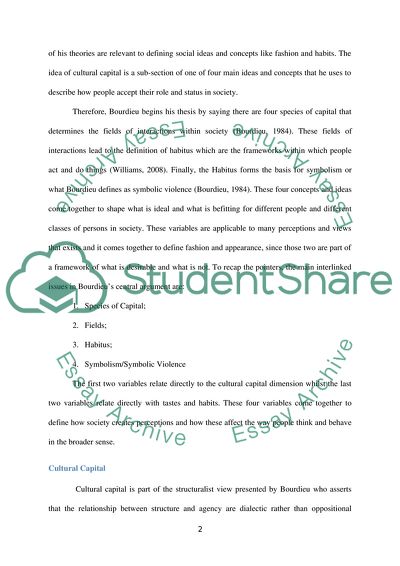Cite this document
(“Cultural Hierarchies in Popular Fashion Essay Example | Topics and Well Written Essays - 3250 words”, n.d.)
Cultural Hierarchies in Popular Fashion Essay Example | Topics and Well Written Essays - 3250 words. Retrieved from https://studentshare.org/sociology/1673099-cultural-hierarchies-in-popular-fashion
Cultural Hierarchies in Popular Fashion Essay Example | Topics and Well Written Essays - 3250 words. Retrieved from https://studentshare.org/sociology/1673099-cultural-hierarchies-in-popular-fashion
(Cultural Hierarchies in Popular Fashion Essay Example | Topics and Well Written Essays - 3250 Words)
Cultural Hierarchies in Popular Fashion Essay Example | Topics and Well Written Essays - 3250 Words. https://studentshare.org/sociology/1673099-cultural-hierarchies-in-popular-fashion.
Cultural Hierarchies in Popular Fashion Essay Example | Topics and Well Written Essays - 3250 Words. https://studentshare.org/sociology/1673099-cultural-hierarchies-in-popular-fashion.
“Cultural Hierarchies in Popular Fashion Essay Example | Topics and Well Written Essays - 3250 Words”, n.d. https://studentshare.org/sociology/1673099-cultural-hierarchies-in-popular-fashion.


